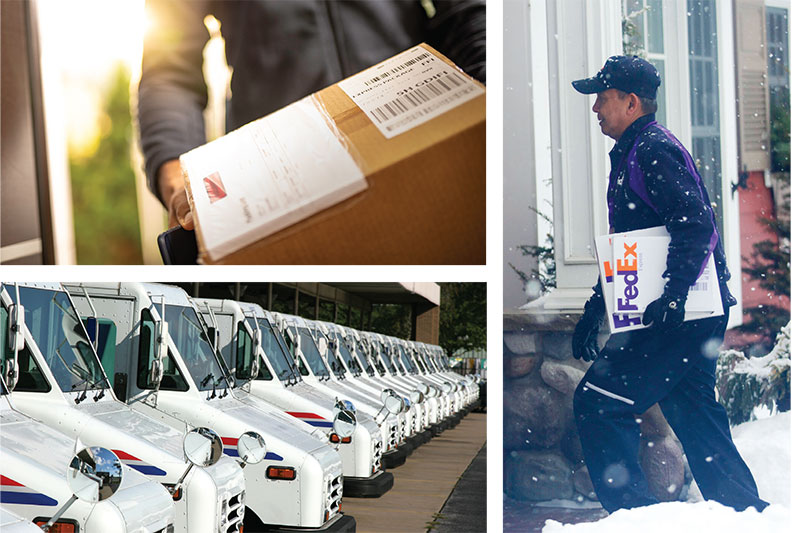New Bringg report addresses key factors needed for last-mile logistics success
A new report issued today by Chicago-based Bringg, a data-led delivery and fulfillment cloud platform provider highlighted how logistics services providers are approaching their last-mile operations, with a focus on things like: growth strategy, bridging the gap between growing delivery trends; and current capabilities supported by technology in order to fuel and sustain long-term growth.
Entitled “State of Last Mile Logistics,” Bringg said the report’s findings are based on a survey it commissioned of last mile operations of 200 logistics and transportation leaders across North America and Europe.
“Today’s consumers demand fast and on-demand delivery options that logistics and delivery providers must strive to meet,” said Guy Bloch, CEO at Bringg, in a statement. “Logistic providers have increased their delivery capacity to keep up with rising eCommerce volumes and evolving consumer expectations. But many of their current solutions are not scalable and have come at the expense of visibility, efficiency and as a result, profitability. More businesses will implement last-mile delivery software to automate order dispatch, route planning, task allocation, performance monitoring, digitized end customer experiences, and other logistics tasks. In order to thrive in the last-mile ecosystem in 2022, providers must be able to execute a well-planned strategy and focus their existing resources wisely.”
A key finding in the report noted that 41% of respondents indicated that managing multiple carriers is viewed as a pain point, with 18% claiming it to be what Bringg called the “top blocker to more profitable last-mile delivery, with 25% of North American companies viewing it that way.
Bringg’s Bloch told LM that there are various factors as to what that is the case.
“Prices change, price models vary, geographical reach varies (some work within very small areas, some work in very large areas, and so a network may not be entirely parallel, but require numerous localized partners), [and] operational availability is not the same,” he said. “Working with multiple services entails multiple points of contact. Level of tracking for some providers might be detailed, whereas others may be non-existent. Returns processes may also be different, depending on the carrier, which therefore requires accurate communication with consumers.”
Another finding observed that 27% of logistics providers said that offering returns and pickup services is a viewed as a top strategy for increasing business through last mile operations.
The next step for wider pickup and drop-off adoption, according to Bloch, is logistics suppliers forging partnerships with local retailers, gas stations, malls, and others so that a network of smart lockers is introduced.
“These smart lockers will bring foot traffic to such locations, are conveniently placed, and allow consumers to take/return deliveries conveniently,” said Bloch. “Another way in which returns and pickups can be encouraged is by training staff to deal with them, and allocating some store space for this specific purpose.”
The importance of business analytics across all carriers was viewed by 54% of respondents as giving last-mile providers a competitive advantage, with the report adding that improving integration and delivery performance with external carriers relies on the need for a strong and connected last mile ecosystem that is able to deliver accurate, real-time data across all resources and systems.
“Business analytics is at the forefront of progress,” said Bloch. “Understanding exactly how a business is performing is crucial to benchmarking it against others, understanding where it is performing above, at, and below expectations. In terms of last-mile logistics, understanding how, where, and when deliveries are not completed on time or at all is crucial to refining business models. Such information can be used to select the fleets most suited to a company's needs, for example, or managing the workloads and routes of drivers. Similarly, gaining detailed information on route lengths, times, delivery vehicle capacity usage and more is vital for compliance with the latest carbon emission guidelines.”
To read the complete report, please click here.













